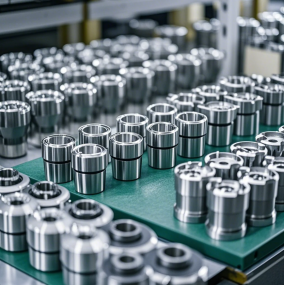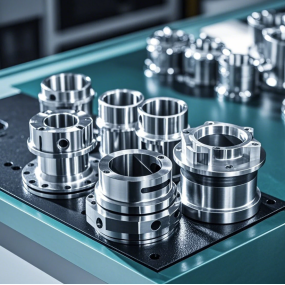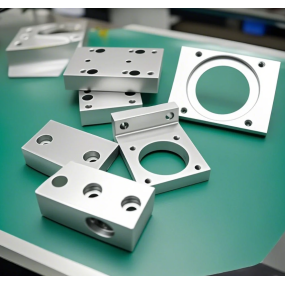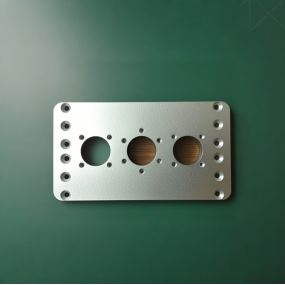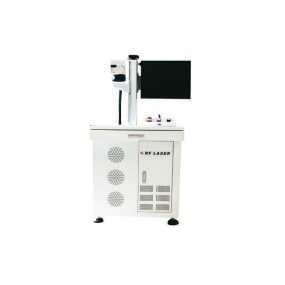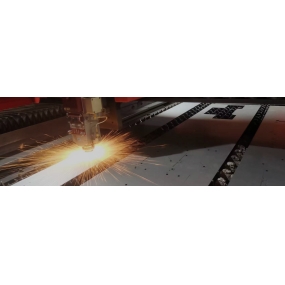Aluminum plates are very prone to natural oxidation and reduction reactions with gases, causing air oxidation spots. So what should a precision Sheet Metal Processing plant do to maintain the surface from oxidative erosion? The following sheet metal processing companies give you tips to avoid oxidative erosion in precision sheet metal processing.
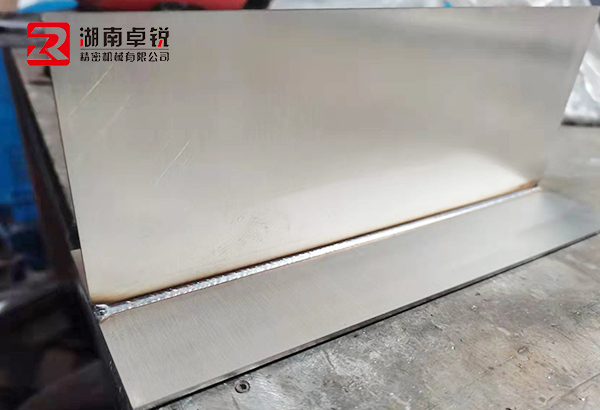 In the production process of precision sheet metal processing, especially the mirror aluminum plate, it is usually laser-cut with some other metal materials. During the production process, some metal materials such as magnesium, zinc or copper are added reasonably, and this metal material will quickly work with aluminum, resulting in a product commonly referred to as aluminum alloy profile in the industry.
In the production process of precision sheet metal processing, especially the mirror aluminum plate, it is usually laser-cut with some other metal materials. During the production process, some metal materials such as magnesium, zinc or copper are added reasonably, and this metal material will quickly work with aluminum, resulting in a product commonly referred to as aluminum alloy profile in the industry.
The equipment function and impact toughness of this aluminum alloy profile are good, and even the application standard for it is usually much larger than the original, but in view of its application process, it is very easy to react with oxygen in the air, whether it is its finished mirror aluminum plate or metal brushed aluminum plate, it must be oxidized and pretreated at the time of production to avoid secondary oxidation in daily applications. Naturally, they will continue to cover the surface with a protective film during production, thus preventing the surface from touching or being scratched by the atmosphere.


 Spanish
Spanish Arabic
Arabic French
French Portuguese
Portuguese Belarusian
Belarusian Japanese
Japanese Russian
Russian Malay
Malay Icelandic
Icelandic Bulgarian
Bulgarian Azerbaijani
Azerbaijani Estonian
Estonian Irish
Irish Polish
Polish Persian
Persian Boolean
Boolean Danish
Danish German
German Filipino
Filipino Finnish
Finnish Korean
Korean Dutch
Dutch Galician
Galician Catalan
Catalan Czech
Czech Croatian
Croatian Latin
Latin Latvian
Latvian Romanian
Romanian Maltese
Maltese Macedonian
Macedonian Norwegian
Norwegian Swedish
Swedish Serbian
Serbian Slovak
Slovak Slovenian
Slovenian Swahili
Swahili Thai
Thai Turkish
Turkish Welsh
Welsh Urdu
Urdu Ukrainian
Ukrainian Greek
Greek Hungarian
Hungarian Italian
Italian Yiddish
Yiddish Indonesian
Indonesian Vietnamese
Vietnamese Haitian Creole
Haitian Creole Spanish Basque
Spanish Basque

